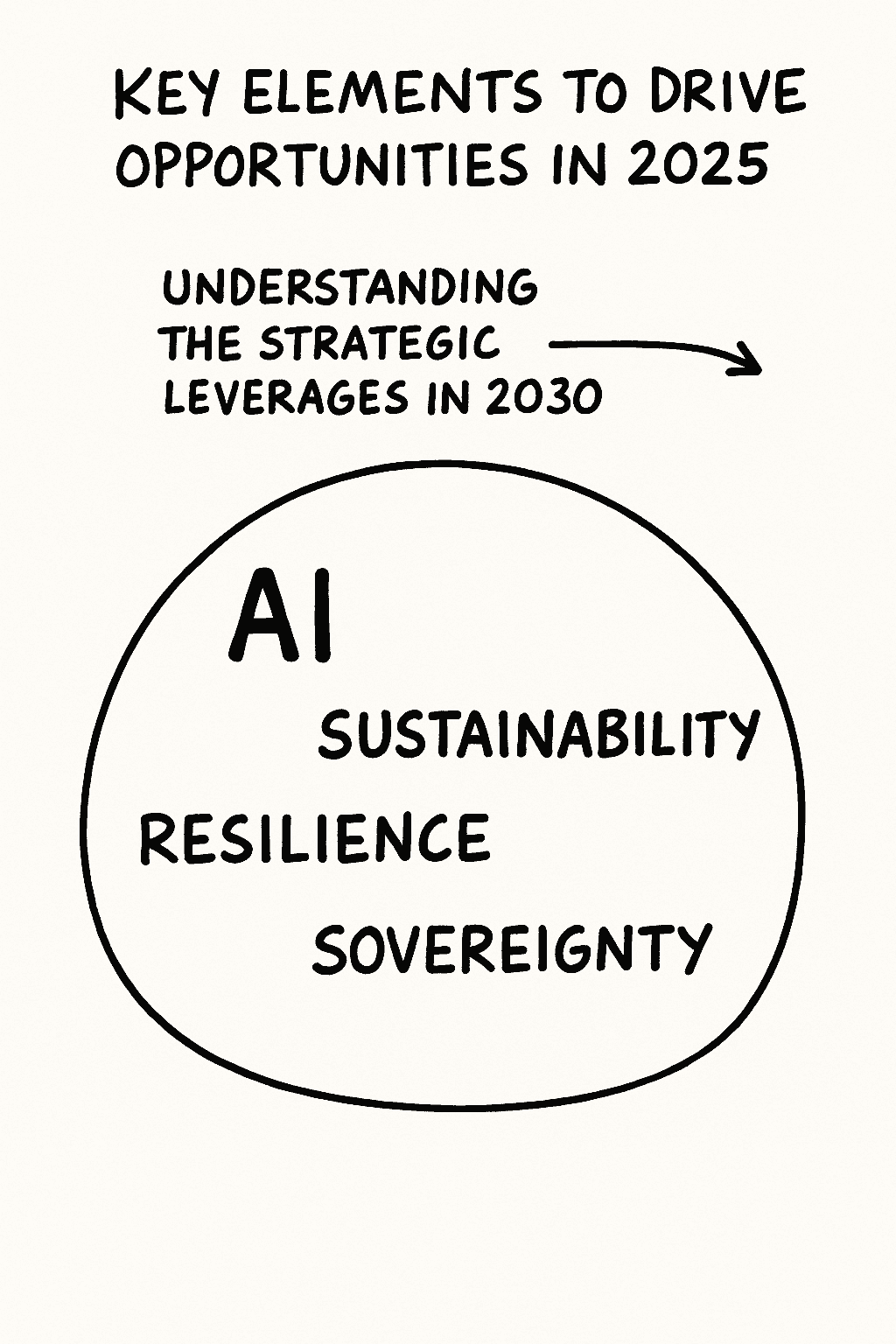RapidKnowHow’s Tactical Periodization for Business (TP4B)
What it is
A weekly, result-centred training method for teams where every task is designed to express your Business Game Model (your way to win) across four “moments” of work. You don’t train finance, ops, or sales in isolation—everything is practiced inside the context of how you win.
Why it works
You peak on Result Day (RD) (launch, board review, client presentation). Load and complexity are sequenced through the week so learning transfers to real results while fatigue is managed.
The four moments (business analogs)
- Offensive Organization → Go-to-Market (create demand, advance deals, pricing plays)
- Defensive Organization → Operational Defense (service quality, risk, compliance)
- Positive Transition → Opportunity Capture (fast handoff from signal → action)
- Negative Transition → Issue/Crisis Response (contain damage, stabilize, recover)
Weekly morphocycle (1 major RD per week)
- RD+1 – Recovery & Debrief: retro, emotion reset, quick fixes only
- RD-4 – Structure Day: big-picture alignment, pipeline + operating model review
- RD-3 – High-Intensity Day: live experiments (A/B offers, pricing tests, outreach sprints)
- RD-2 – Sub-principles Day: “rest-defense” for business (cash runway, SLAs, process control); timing & handoffs
- RD-1 – Speed & Set-Plays: final messaging, objection handling, demo choreography (low volume)
- RD – Result Day: launch / board / client
Real business situations (examples mapped to moments)
- Pressing trap → Competitive win-back: directional outreach with a value hook to isolate a rival’s weakness (MD-3/RD-3 tasks: targeted call blocks with scripted triggers).
- Third-man run → Partner-led co-sell: use a channel ally to break resistance (RD-2 tasks: pre-wire intros, shared playbooks).
- Rest-defense → Rest-finance/ops: keep a 2+3 “cover” behind the ball: cash buffer + capacity buffer + incident playbook (RD-2).
- Low block → Cost control pivot: hold margin via packaging and service tiers; counter fast on positive transition with add-ons.
- Set-plays → Scripts: discovery script, 90-sec demo, renewal close (RD-1 crisp run-throughs).
Implementation checklist
- Define your Business Game Model (principles & sub-principles).
- Build a one-week morphocycle around your Result Day.
- Write tasks so each one expresses a principle (no isolated “fitness” work).
- Track 3–5 lead KPIs (win rate, cycle time, CSAT, gross margin, runway).
- Review on RD+1; adjust next week’s sub-principles and constraints.
RapidKnowHow — Tactical Periodization for Business (TP4B) Check
10 questions · ~5 minutes · Get your execution profile at the end.
-
TP4B primarily organizes the week around…
B: ✅ The game model leads; all tasks express it. -
The four TP moments mapped to business are best described as…
B: ✅ Offense/Defense plus Positive/Negative transitions. -
“Specificity” in TP4B means…
B: ✅ Every exercise mirrors how we aim to win. -
Pick the best **RD-3 (high-intensity)** task for a pricing-led team:
B: ✅ RD-3 is for high-intensity experiments aligned to the model. -
In congested weeks (multiple Results Days), TP4B suggests you…
B: ✅ Combine goals; adjust density/duration. -
“Rest-defense” for business is best expressed as…
B: ✅ Keep cover behind the ball: finance + ops stability. -
Best **RD-1** activity before a big client demo:
B: ✅ Low volume, high clarity; final “set-plays”. -
A **positive transition** example is…
B: ✅ Signal → immediate value-creating action. -
Which KPI set best reflects TP4B’s transfer to results?
B: ✅ Cross-functional, outcome-centric leading indicators. -
Pick the TP4B-aligned statement:
B: ✅ Tactical primacy; everything inside the game model.
Leader Notes — 1-Week TP4B Morphocycle
- RD+1: Retro, emotion reset, fix-forward items only
- RD-4: Structure (pipeline, ops risk, pricing architecture)
- RD-3: High-intensity experiments (A/B, outreach sprints)
- RD-2: Sub-principles (rest-finance/ops, handoffs, timing)
- RD-1: Speed & set-plays (scripts, demo choreography)
“RapidKnowHow pioneers Tactical Periodization for Business – helping forward looking leaders disrupt routines, accelerate change, and win”
RapidKnowHow AI-Innovation Delivered– Josef David




